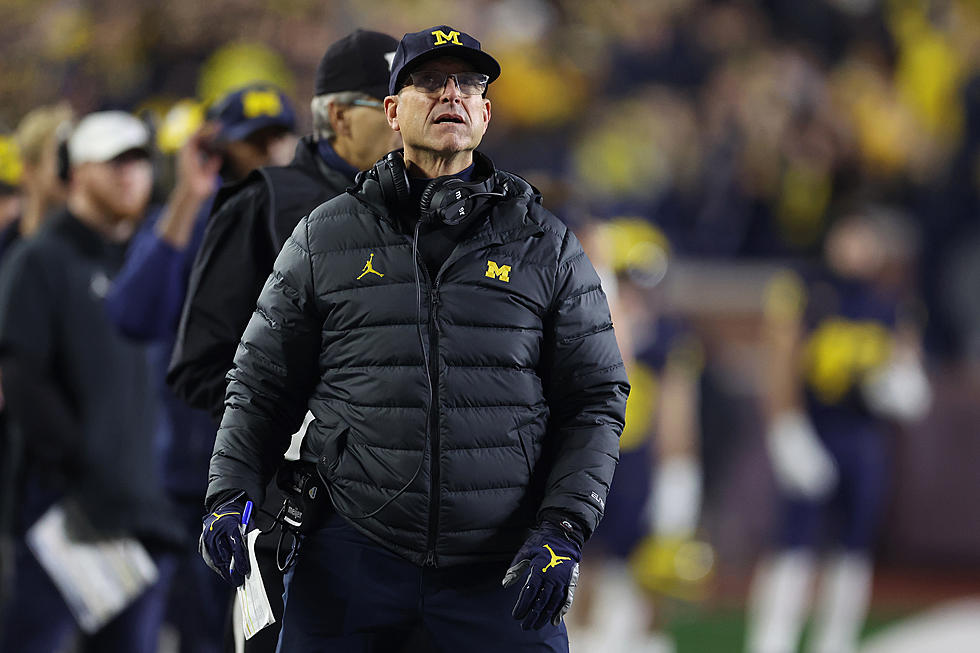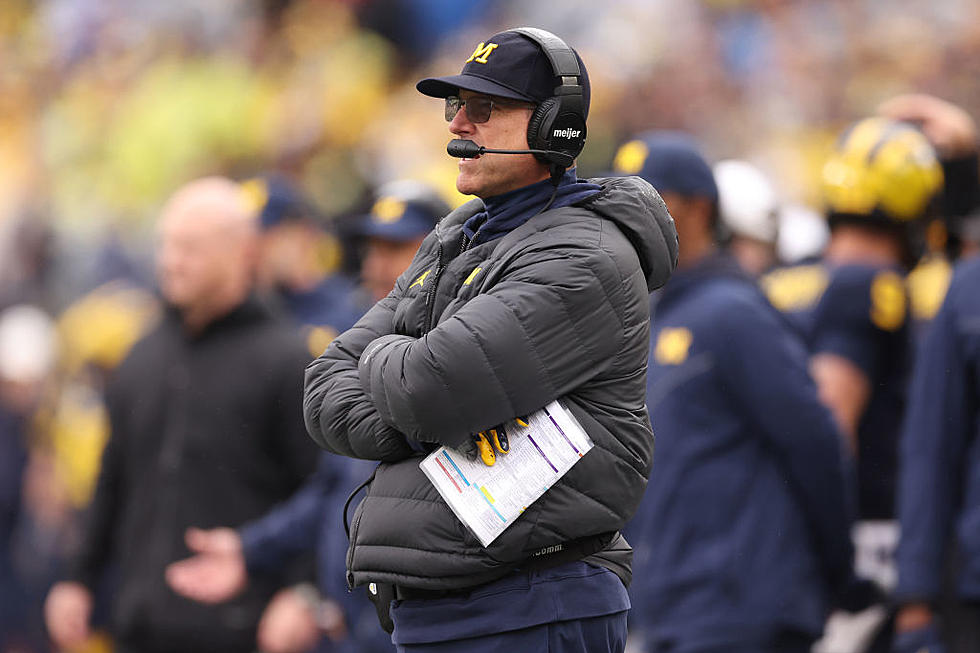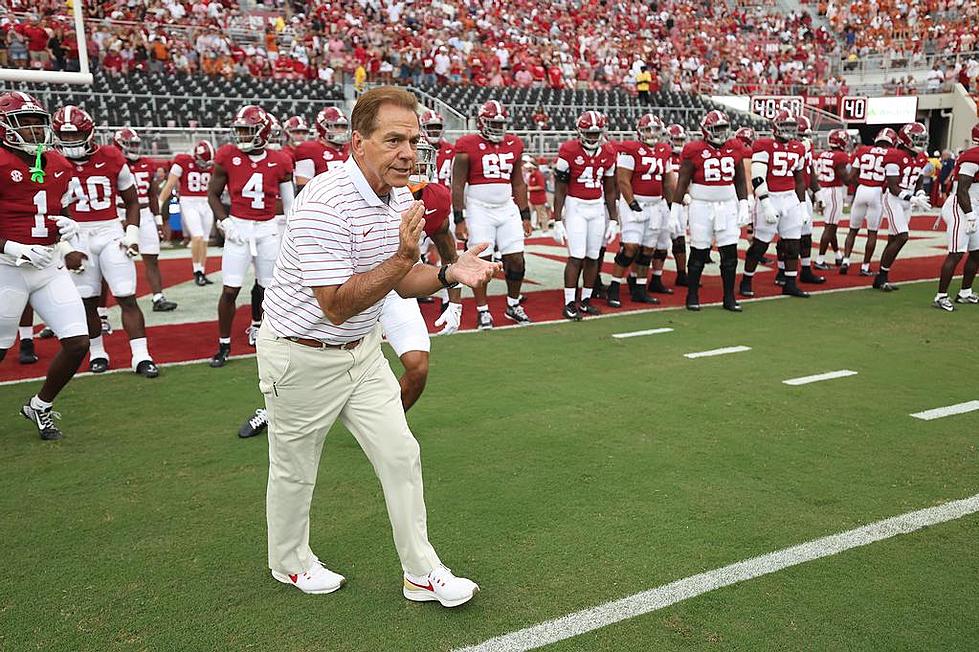![College Football Matrix’s Dave Bartoo Talks About Pace of Play Rule Proposal [AUDIO]](http://townsquare.media/site/531/files/2014/02/Alabama-Team-pregame1.jpg?w=980&q=75)
College Football Matrix’s Dave Bartoo Talks About Pace of Play Rule Proposal [AUDIO]
Although spring practice is just around the corner, the hot topic of college football continues to be the rule proposal to alter pace of play. The rule, if passed, would allow defenses 10 seconds to substitute players. Any offense that snaps the ball before the 10 seconds are up are issued a five yard penalty. Nick Saban and Arkansas head coach Bret Bielema argue that there is a higher risk for players to suffer injuries due to fatigue caused by fast paced offenses.
Dave Bartoo of cfbmatrix.com is one of many that believe Saban and Bielema have no evidence to prove their theory. Bartoo joined The Game on Tuesday night to argue that you get hurt playing football no matter how fast you play it.
"The bottom line, what all the number point to, is that: A) You get hurt playing football and B) it doesn't matter what scheme you run, you're going to get hurt playing football," Bartoo told host Ryan Fowler. "The biggest number I found across all the conferences across all of football over the five years I looked at it was that the number one thing, and I know this is going to be shocking, is the bigger and faster the dude, the more often you get hurt."
Bartoo has numerical evidence with each of his arguments. The numbers neither strengthen nor weaken any one side of the pace of play argument.
"From 2009 to 2012 in just the big five major conferences, they had over 459,000 snaps of the football. Almost half a million snaps of the football, and the one thing that stood out is that the conference that had the most number of starts lost to injury was the SEC. The conference that had the highest number of starts lost per play was the SEC.
"On the flip side you got the Big 12, which of the big five major conferences, by the way, is also the smallest average guy. They ran more plays than anybody else, they ran more plays per game per team than anybody else, and they had the fewest number of starts lost to injury. They had the lowest number of starts lost per play."
While the rule is proposed to prevent a large number of defensive injuries from occurring, Bartoo does not believe pace of play is the cause to begin with. He says the increased average size of the player is the source of injuries to players on the defense.
"Against the top 30 fastest playing teams and the top 30 slowest playing teams, the injury numbers are the same. In fact, the injury rate to defensive linemen was greater playing the middle 66 teams than the 30 fastest and 30 slowest. Whether it's hurry up, no huddle, ground and pound, three yards and a cloud of dust it is all coming back to the same thing. The injury rate goes up as the size of the average kid goes up."
You can listen to the entire interview with Dave Bartoo here.
More From Tide 100.9









